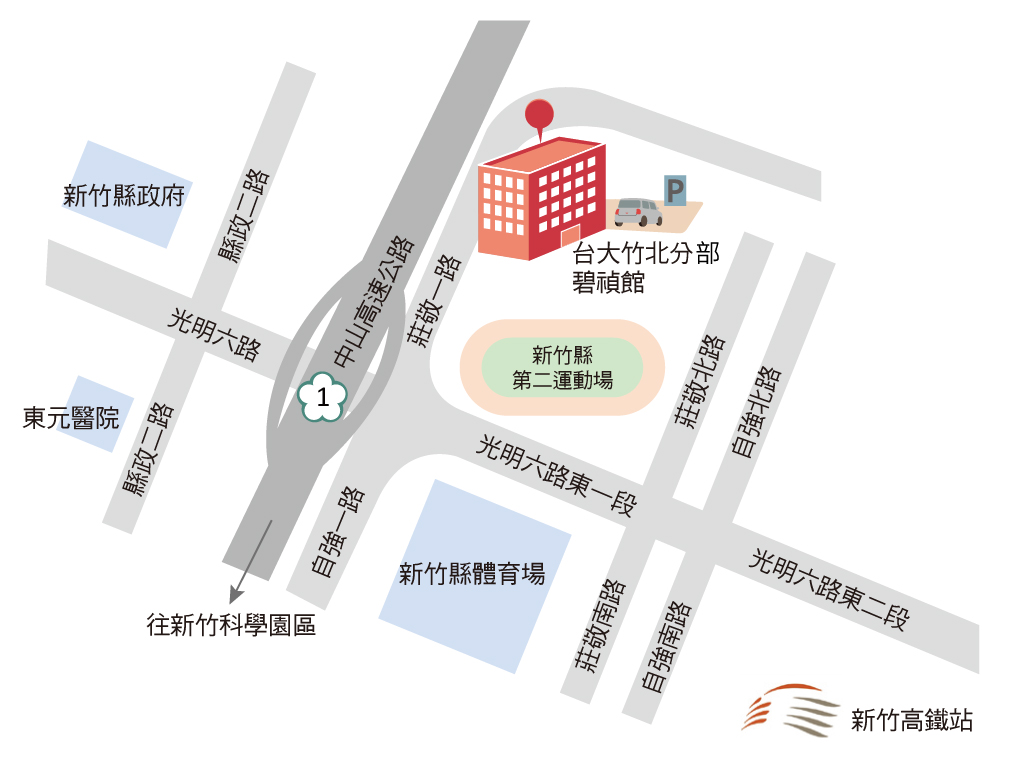2017/2/22 (星期三) 13:30~16:00
Bamboo branch bi Chen, National Taiwan University Museum 2, 205/f Conference Room (Room 205 of ZhuBei Branch Campus, National Taiwan University)
Speaker Speaker: Dr Mike Czerniak
Topic Topics:Revision of IPCC Default PFC Emission Factors (Chinese commentary)
| Date Date | 2017/2/22 (星期三) 13:30~16:00 Including intermission, Q&A |
| Location Venue | Taiwan University Institute Division bi-Chen Hall, 2/f, Room 205 (Hsinchu County Jhubei City awakened way on the 88th Division of NTU's Institute bi-Chen Hall) Room 205 of ZhuBei Branch Campus, National Taiwan University |
| Fee Fee | Free free。 |
| Speaker/topic Speaker/Topics | ♣ Speaker Speaker: Dr Mike Czerniak
Environmental Solutions Business Development Manager. Edwards Co.(part of Atlas Copco) Visiting professor, Bristol University, UK, School of Chemistry Mike gained his PhD in Electrical Engineering at Manchester University (UK) in 1982. Starting his professional career with Philips, initially in their UK R D labs & subsequently in the fab in Nijmegen, Holland, Mike has worked in the semiconductor business. He had subsequent marketing roles at UK-based OEMs Cambridge Instruments, VSW and VG Semicon before joining Edwards 21 years ago. He has held various technical and marketing positions before beginning his current role 2 years ago. Mike has numerous published articles and patents to his name, co-chairs a SEMI standards committee, participates in the IRDS, is a UK PFC “expert” on IPCC and has authored chapters on Vacuum and Environmental issues in the forthcoming Semiconductor Manufacturing Handbook.
|
| Host Organizer | • Clean technology research and Development Center at the University of science and technology in Taipei (Center for Clean Technology Researcg. NTUT)
• Plant high-tech research center at National Taiwan University (High-Tech Facility Research Center NTU) |
| Assisted by Co-organizer | • All clean technology Association (Taiwan Clean Technology Association) |
| Moderator Moderator |
Professor at the National Taipei University of technology Hu Shizheng (Prof. SC Hu, NTUT) |
※ Contact information Contact us
Miss cleaning Association
Tel:(02) 2771-2171#3588
Email:tcta.info@gmail.com
※ The traffic route Maps & Directions
Address: County Jhubei City awakened 88th, (National Taiwan University Institute Division bi Zhen Guan)
"Private car"
Sun Yat-sen Institute is good communication channels, according to mark towards the direction of effect of the forest (North turn right, down left), turn light six East for a while, the first crossing turn to the slow lane, along the County's second Stadium for about 200 meters (see the right side of the hydrant prepare to turn right on demand), the school gate on your right hand side. Free surface parking after entering school.
"High-speed rail" Hsinchu station
Using taxi services, and the availability of high-speed trains got off the shuttle bus to the Sheraton Hsinchu hotel, walking about 15-20 minutes to bamboo branches at National Taiwan University.
"Iron" bamboo stand
Use a taxi service, or can take the "Jhubei City free public bus: 60 six-high speed rail line"
To the "ten country station" off.
